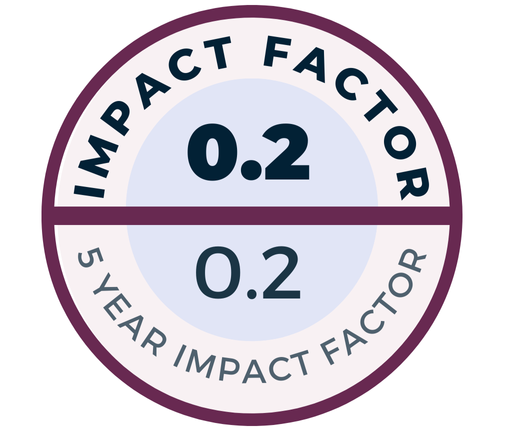Background: The aim of this study is to evaluate whether there is any correlation among House–Brackmann scoring, elect roneu ronog raphy , and diffusion tensor imaging values of the cisternal and internal auditory canal segment of facial nerve and to examine diagnostic, prognostic, and grading usefulness of diffusion tensor imaging in patients with Bell’s palsy.
Methods: Thirty-seven patients over 18 years old finally diagnosed as having Bell’s palsy were enrolled in this study. House–Brackmann scoring, elect roneu ronog raphy, and diffusion tensor imaging were performed at 3-5 and 21-24 days of Bell’s palsy onset. The data of diffusion tensor imaging were extracted from a line that starts from the cerebellopontine angle, extends to internal auditory canal, and covers the facial and vestibulocochlear nerve complex using manual or line tractography.
Results: The apparent diffusion coefficient values of the affected nerve complexes measured in initial diffusion tensor imaging studies were significantly higher than those of contralateral nerve complexes (P < .05). The fractional anisotropy values of the affected nerve complexes were also significantly lower than those of contralateral nerve complexes (P < .05). The initial fractional anisotropy values were negatively correlated with initial House–Brackmann scoring (r = −0.35; P <.05) and degeneration indexes of orbicularis oculi and oris muscles (r = −0.36; P < .05, r = −0.35; P < .05, respectively).
Conclusion: Diffusion tensor imaging is giving us beneficial data for understanding the pathophysiology of Bell’s palsy in the acute stage of the disease. House– Brackmann scale and electroneuronography are still the most reliable prognostic and diagnostic tools for patients with Bell’s palsy. Clinical improvement in facial paralysis of patients with Bell’s palsy does not mean radiologic amelioration in diffusion tensor imaging.
Cite this article as: Sarıkaya Y, Petik B, Ekmekçi B. The value of diffusion tensor imaging in evaluation of patients with bell’s palsy. ENT Updates. 2022;12(2):82-90.

.jpeg)
